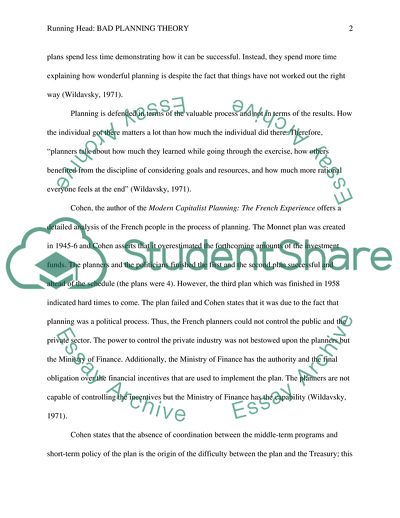Cite this document
(Bad Planning Theory Coursework Example | Topics and Well Written Essays - 1750 words, n.d.)
Bad Planning Theory Coursework Example | Topics and Well Written Essays - 1750 words. https://studentshare.org/engineering-and-construction/1753962-paper
Bad Planning Theory Coursework Example | Topics and Well Written Essays - 1750 words. https://studentshare.org/engineering-and-construction/1753962-paper
(Bad Planning Theory Coursework Example | Topics and Well Written Essays - 1750 Words)
Bad Planning Theory Coursework Example | Topics and Well Written Essays - 1750 Words. https://studentshare.org/engineering-and-construction/1753962-paper.
Bad Planning Theory Coursework Example | Topics and Well Written Essays - 1750 Words. https://studentshare.org/engineering-and-construction/1753962-paper.
“Bad Planning Theory Coursework Example | Topics and Well Written Essays - 1750 Words”. https://studentshare.org/engineering-and-construction/1753962-paper.


